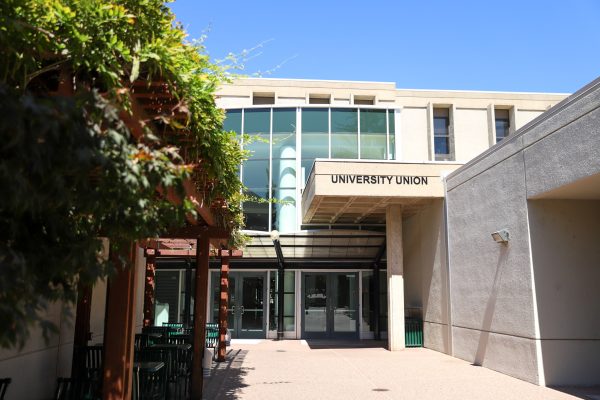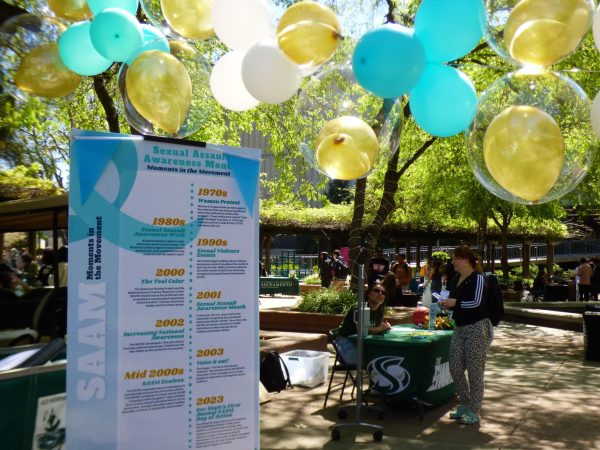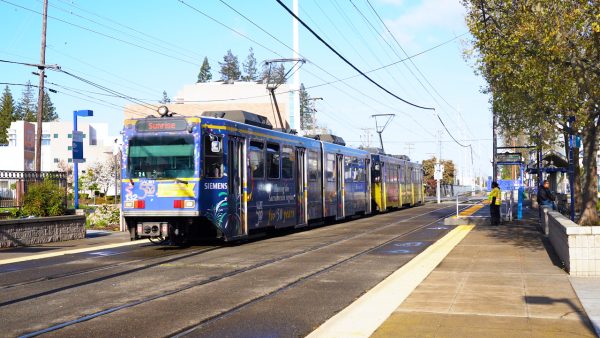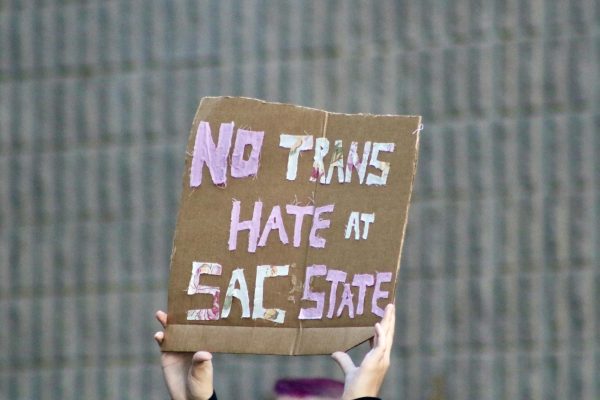Fowl play in the hen house?
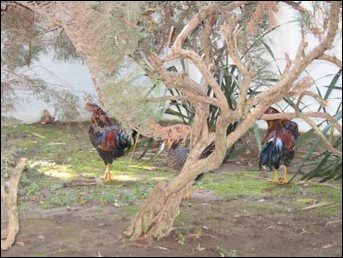
Image: Fowl play in the hen house?:Photo by Jason LehrbaumState HornetThe few remaining roosters take cover behind the shrubs.:
October 2, 2002
A noticeable fall-off in the number of chickens and roosters on campus has some people wondering where they?ve gone.
Douglas Bell, an assistant professor in the Biological Sciences program, said that there are many possibilities for the absence of chickens on campus.
Bell said that he heard rumors that administration may have rounded up some of the roosters because of complaints of the noise level.
“I?m not 100 percent sure, but as I understand it, it?s possible that they may have removed some of the chickens,” Bell said.
Matthew Altier, Associated Vice President of Facilities management, discounted these rumors, saying that Facilities Management typically handles many of the complaints regarding the chickens, but that they haven?t done anything to control the population this semester.
“The chicken population has been pretty steady,” Altier said. “We haven?t officially done anything with the chickens.”
He said that a couple of years ago, Facilities Management had to set up traps to catch some of the chickens because the population on campus became uncontrollable.
Bell said that the chicken population grows on campus as people drop off chickens and add to it, and occasionally lessens with human intervention.
He said that the chickens breed every year, and when small, can be picked off by their natural predators such as crows, hawks, cats and raccoons that live near the river.
He said that the chicken population is easily maintained because the chickens are omnivorous and can find various things to eat including grains, insects and even small vertebrates such as snakes.
“It?s still nice that they can survive in the face of building construction on campus,” Bell said.
Many students and faculty enjoy the sight of the chickens that have become such a part of the Sac State campus.
Holly Rankin, a sophomore at Sac State said that she likes the chickens on campus and that she misses seeing them around this semester.
“I miss hearing the roosters crow when I?m in the middle of class,” Rankin said. “I have noticed that there are less chickens this semester.”
Michael Sutcliffe, a senior at Sac State, said that the wildlife is part of what makes the Sac State campus unique.
“Not every campus has chickens and squirrels,” Sutcliffe said. “It gives it more of a homey feel.”
Bell said that the chickens are a welcome sight to many.-“The chickens have become an egalitarian resource on campus- everyone can enjoy them,” Bell said.
He said that so far, no one has kept a census on the chicken population, but that he?d like to start keeping track of the population.
Even University President Donald Gerth enjoys hosting the chickens on campus. Some have reportedly taken up residence near his office, and when he comes to work on Sundays he hears them.
“He likes the chickens,” Associate Vice President for Public Affairs Ann Reed said.
Altier said that he doesn?t know what happened to the chickens this semester, but that it?s likely that the population has dwindled because of natural predators or other people who decide to take them for themselves.
“I know that there have been many chickens showing up in Fair Oaks Village,” Altier said.
Bell has another explanation for their disappearance.
“Who knows, many of them may have just crossed the road to see what?s on the other side,” Bell said.
Origins of the campus Chickens
Speculation abounds as to how the chickens arrived at Sacramento State.
Some of the most popular theories include:
? A poorly-hatched biology experiment
? A prank played on or by a rival school
? Remnants of an ancient chicken farm plowed under by CSUS development





































































































































